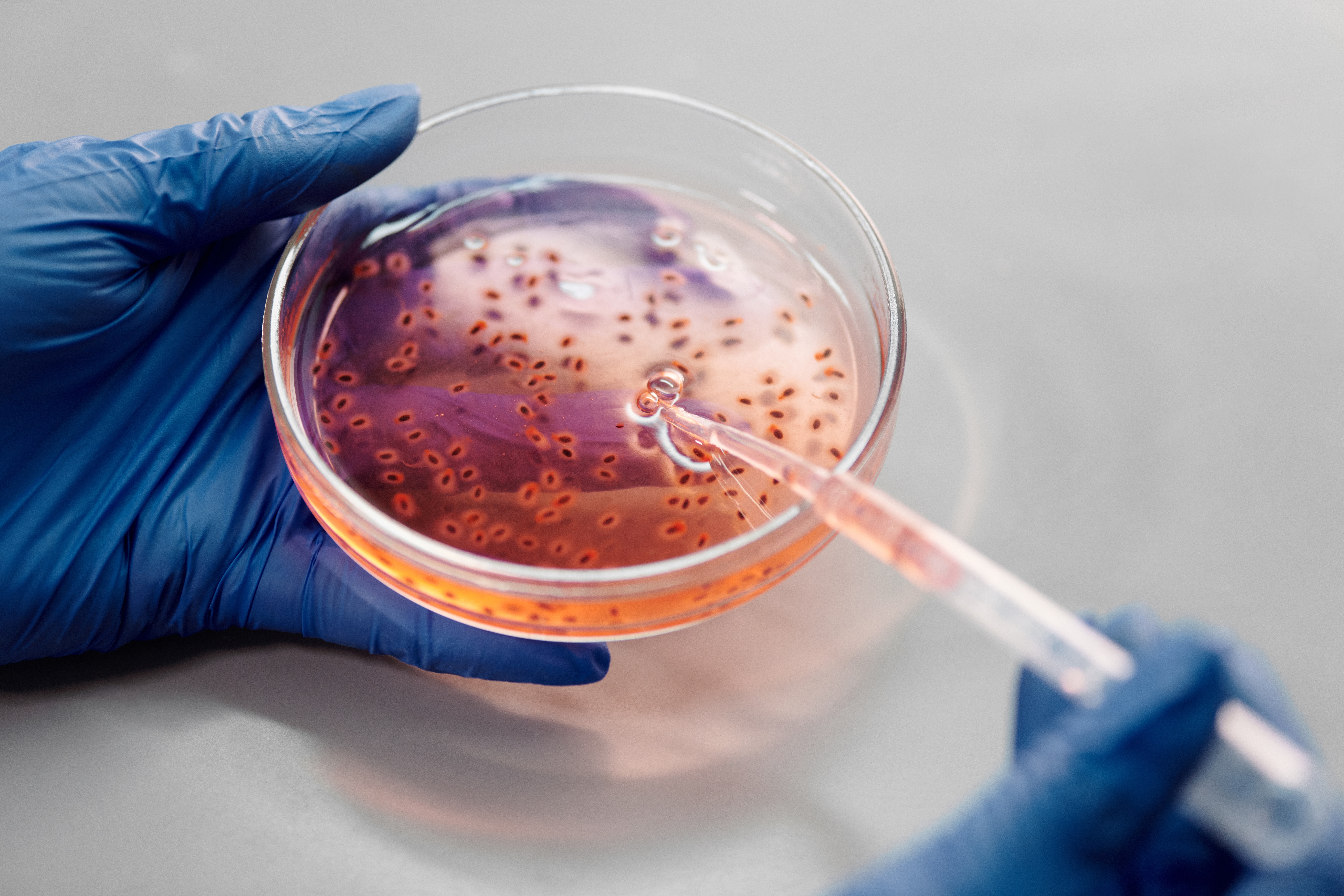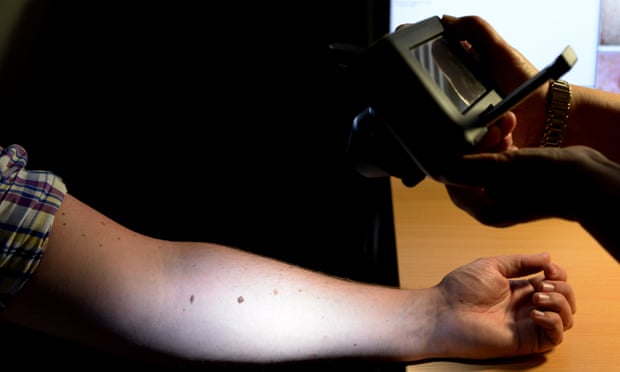Over the past few years, the importance of Artificial Intelligence has grown by leaps, and it now occupies a prominent place in the healthcare industry. As in the growing scenario of healthcare Industries and the medical field, AI has provided new technology to detect melanoma skin cancers better diagnosed than even doctors. In this fast-paced world, the number of melanoma cancer suffering individuals has reached a whopping 1,32,000 globally each year (as per reports by WHO). Researchers have also claimed that one in five Americans will have skin cancer in their lifetime.
According to research published in “Annals of Oncology,” machine learning can detect and diagnose cancer with a 95% detection rate compared to 87% with identification of about an average of 73% of benignant moles by doctors.

According to a study conducted by an international team of researchers, a Convolutional neural network (CNN) is a specially programmed deep-learning device used to diagnose melanoma cancers more accurately than fifty-eight dermatologists and doctors from 17 countries. This could be achieved by calibrating the CNN by showing it over 1 lakhs images of melanoma skin cancers (both malignant and benign) by the team from Germany, the U.S., and France with inputting the diagnosis for each, helping the clinicians in decision making whether to perform a biopsy or not. In addition, the research included a comparative study on the efficiency of detecting melanomas of dermatologists against the machine learning system.
A CNN or ConvNet is an artificial neural network, like a brain in which neurons are connected and respond to what the eyes “see.” It is a machine-learning device capable of self-improving its performance from what it has seen.

CNN missed few melanomas and misdiagnosed less benign moles as malignant ones than the dermatologists’ team, thus indicating its higher sensitivity and specificity. However, dermatologists’ performance improved when they were given additional patients’ information besides images. Findings show that currently, there is no substitute for clinical examination.
AI develops higher standardized diagnostic accuracy levels. However, to explore this exciting technology, more work needs to be carried out for diagnosing melanomas in areas that include the difficulty of imaging like fingers, toes, or scalp. Although, previous studies concluded that sooner or later, Artificial Intelligence (AI) will inevitably change the paradigm of dermatology.
The WIPO application WO2011087807A2, titled “System and method for remote melanoma screening,” discloses a system and method for diagnosing melanoma from digital images taken by a remote user with a smartphone or a digital camera and transmitted to an image analysis server in communication with a distributed network. The image analysis server includes a trained learning machine to classify images of malignant and benign skin lesions.

